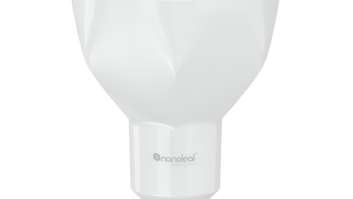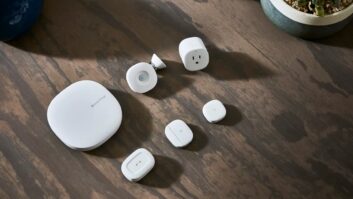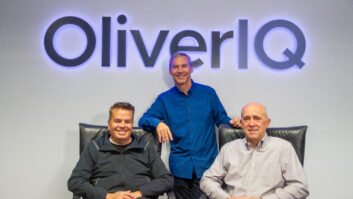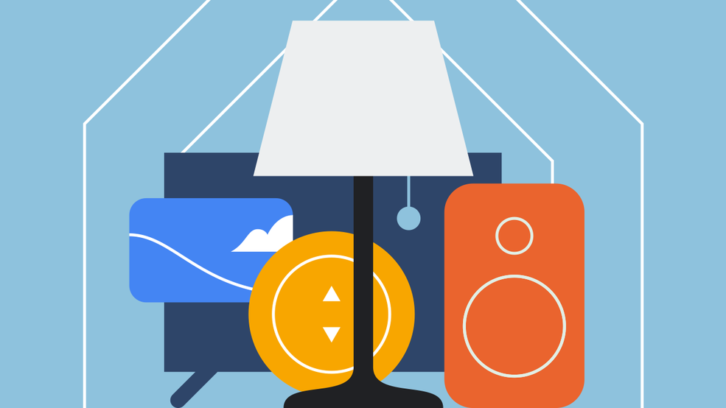
Matter promises to fix the smart home industry’s interoperability problem, but it could also address a major concern for many customers these days: saving money.
I’ve written about the ways your smart home can save you money before. Certain smart home devices may cut down your utility bills or earn you credit from energy incentive programs, while others may reduce the risk of damage in case of floods or other unexpected disasters. Yet the disharmony with connected home platforms has perhaps caused confusion for purchasing and installing smart home devices that make these money-saving measures possible.
The hope is that Matter will make certified smart home products, no matter the brand, play nice together. Not only is the protocol supported by major companies such as Apple, Google, Amazon and Samsung, but more than 200 smart home brands big and small are approved Matter members. This degree of inclusion could make it easier to set up automations, smart home routines or other prescriptive actions that ultimately lower your energy bills.
“We’re in a global energy crisis right now, people care more now than ever about energy and the rising costs,” said Mark Tekippe, Vice President of Product at SmartThings and Connectivity Standards Alliance Board Member. “Matter expands the ecosystem of devices, so we can give consumers deep insights on their energy consumption and we can also recommend actionable things that they can do to save energy.”
One of the experiences Samsung is developing on top of Matter is the SmartThings Energy Service. This kind of program will look to leverage multi-device communications made possible with Matter to offer suggestions for improving energy conversation.
“Let’s say you leave home and you’ve got Matter window shades, motion sensors and lights, [SmartThings] could flag your habits and offer to automate to save energy,” said Tekippe. Each of these products could be manufactured by a different brand, as long as all of them have a Matter badge. My Nest Thermostat, Ring Doorbell, Philips Hue lights and Wemo Smart Plug should cooperate in a way that lets actions or learned behaviors from one device inform the others, for example.
Another example Tekippe noted is demand response programs. Times or locations where many people are using appliances like air conditioners or washing machines means there’s high demand on the power grid. Utility companies have incentive programs that may compensate you for shifting the time you use appliances with significant energy needs.
“If you’re willing to shift the time you wash your clothes or charge your car, you get lower energy rates,” Tekippe said. “If you go to wash your clothes and you get an alert that demand on the grid is really high right now, you could see that if you wait one hour, you’ll save $10.”
Enabling energy insights from smart home appliances and devices
Many connected appliances offer energy use insights or reports. From smart kitchen appliances to smart thermostats or smart plugs, in a Matter home, there could be multiple points of access for information. Such information can help a user recognize if there’s a habit worth changing.
“Another [Matter] benefit is greater control over appliances, either directly or by using after-market products such as smart plugs,” said Ben Wood, Chief Analyst at CCS Insight. “Smart plugs can also have additional features such as measuring energy consumption allowing users to better understand how much energy an appliance uses, possibly at particular times of day.”
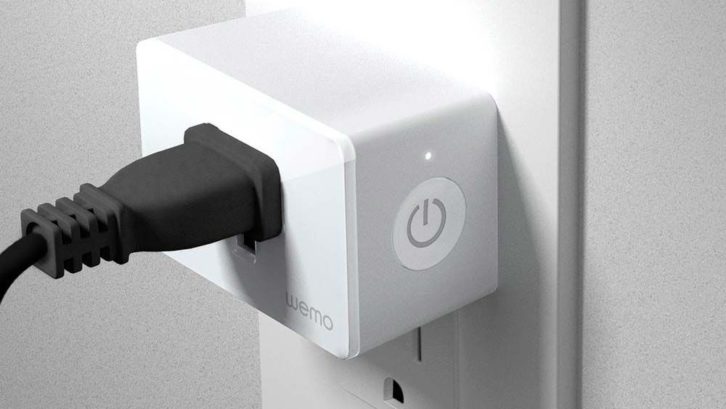
Schneider Electric, a global company that specializes in energy management, just launched a new smart plug that joins the first wave of smart home products that don the Matter badge.
“Schneider Electric has always advocated for interoperability and interoperable vendor-agnostic equipment and software solutions for homes,” said Sitao Ma, CTO and VP Connected Living H&D at Schneider Electric. “It allows all these devices to track and measure the energy being used, how they are using it, and how to optimize it, providing one overall picture, regardless of who made each device.”
The CSA has confirmed there are more than 240 devices already certified for Matter, though it’s estimated that 5.5 million Matter-compliant home gadgets total will ship by the end of 2030 (via ABI Research.) To reiterate, no matter which company designs and sells each product, they should enable interconnectivity across set up and controls.
“If all the devices in our homes communicate every day, relaying valuable insights and information on energy usage, the road to sustainable homes becomes much simpler and possible,” said Ma. “It is the path to optimize and reduce energy consumption.”
Looking to save money? Start with a smart thermostat
If Matter’s promises have piqued your interest in starting a smart home, the device that can have the most immediate positive impact on your energy bills is a smart thermostat.
“Rather than a manual thermostat that has to be controlled by a homeowner in their house, a smart or connected thermostat can allow users to manage temperature remotely, which can mean more granular adjustments can be made,” said Wood.
The functions of smart thermostats vary product-to-product, but most have app controls, voice commands, routine settings and timers. The best smart thermostats might also have behavior-learning abilities.
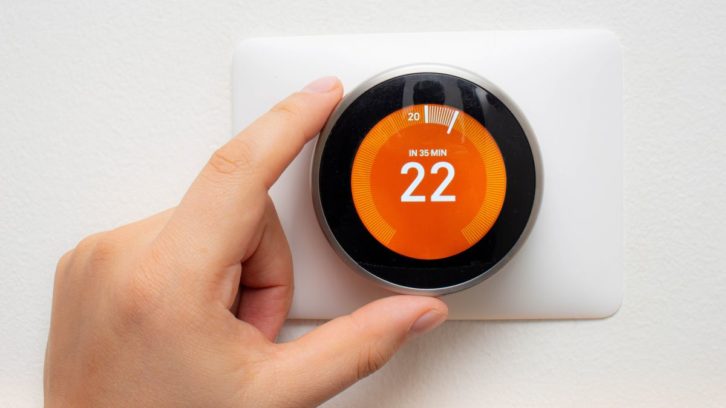
“Intelligence within smart thermostats can help optimize in other ways,” Wood said. “For example using artificial intelligence to ‘learn’ your behaviors and heating/cooling preferences, and then optimizing the use on that basis.”
Wood also noted that smart thermostats, like smart other appliances, can be linked to the power grid and possibly help you take advantage of the incentive pricing. Of course, these programs depend on where you live.
How soon can Matter save you money?
It’s important to recognize that the Connectivity Standards Alliance (CSA) just initiated Matter 1.0 on October 4, 2022. As with anything version 1.0, there are shortcomings that will need to be addressed before truly achieving the perfect smart home.
“Ultimately, my understanding is that Matter specifically won’t initially help with delivering energy savings,” Wood said. “In the future, having devices more easily linked together could facilitate some links between devices to optimize things, but with version one of the spec we’re just not there yet.”
The top priorities right now, it seems, are to emphasize and expand Matter members and get Matter badges on more smart home devices. Once customers are comfortable or familiar with introducing more smart home devices in their space, then money-saving benefits could become more apparent.
This article originally appeared on tomsguide.com.
About the Author
Kate Kozuch is an editor at Tom’s Guide covering smartwatches, TVs and everything smart-home related. Kate also appears on Fox News to talk tech trends and runs the Tom’s Guide TikTok account, which you should be following. When she’s not filming tech videos, you can find her on an exercise bike, mastering the NYT Crossword or channeling her inner celebrity chef.
See also: Roku Just Launched A Ton Of Cheap Smart Home Devices — Here’s The Lineup







